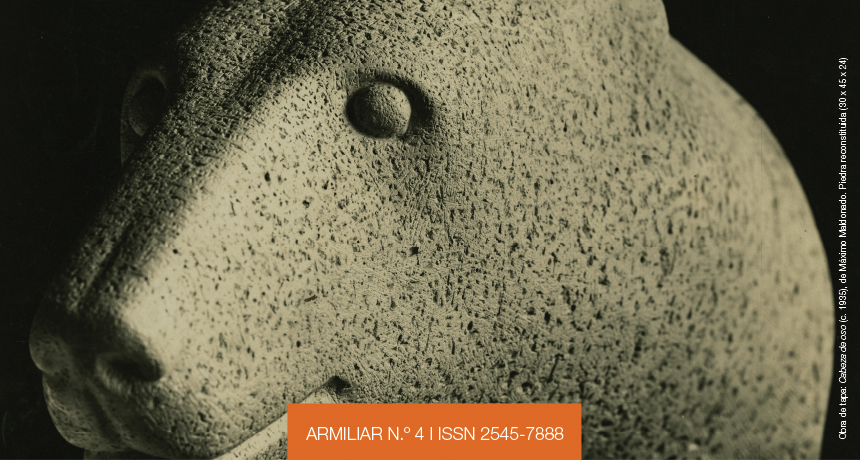Cultural Heritage and Historiography. The Case of the Foundation Square in San Miguel de Tucumán
DOI:
https://doi.org/10.24215/25457888e027Keywords:
Cultural heritage, historiography, native peoples, San Miguel de TucumánAbstract
Since its creation, Argentina as a nation-state has devoted an important part of its cultural resources to the creation of a homogeneous social identity that would allow its citizens to recognize themselves as Argentinian. All those who were left out of the process of homogenization had to be included in some way. In this work we will analyze how the original peoples were introduced into national history from the study of the heritage activation of the foundation square in San Miguel de Tucumán. We are interested in showing the interbreeding of disciplinary discourses and cultural heritage and their transformation over time.Downloads
References
Anderson, B. (1993). Comunidades imaginadas: Reflexiones sobre el origen y la difusión del nacionalismo. Ciudad Autónoma de Buenos Aires, Argentina: Fondo de Cultura Económica.
Bourdieu, P. (2008). Los usos sociales de la ciencia. Ciudad Autónoma de Buenos Aires, Argentina: Editions Quae.
Cerviño, R. (31 de mayo de 1965). En torno a la conquista. La Gaceta, p. 2.
Fue inaugurada ayer el monumento a Villarroel. (28 de septiembre de 1936). La Gaceta, p. 7.
Gramsci, A. (1981). Cuadernos de la cárcel. Tomo 1. Ciudad de México, México: Ediciones Era.
Loraux, N. (1989). De la Amnistía y su contrario. En Y. Yerushalmi y otros, Usos del olvido (pp. 27-52). Ciudad Autónoma de Buenos Aires, Argentina: Nueva Visión.
Perrone, J. (1974). Diario de la historia argentina. Ciudad Autónoma de Buenos Aires, Argentina: Ediciones Latitud 34.
Prats, L. (2004). Antropología y Patrimonio. Barcelona, España: Ariel.
Downloads
Published
How to Cite
Issue
Section
License
Current policy since 2019
The acceptance of the manuscript by the magazine means the non-exclusive cession of the property rights of the authors in favour of the editor, who allows the reuse, after publication (post print), under a license Attribution-NonCommercial-ShareAlikes 4.0 International (BY-NC-SA 4.0).
According to these terms, the material can be copied and redistributed by any means or in any format as long as a) the author and original source of the publication are quoted (magazine and URL of the work), access to the license is provided and whether changes have been made is mentioned; and b) the material is not used for commercial purposes.
The cession of non-exclusive rights means that after the publication (post print) in Armiliar the authors can publish their work in any language, means and format; in such cases it must be mentioned that the material was originally published in this magazine. Such cession also means the authorization of the authors for the work to be collected by SEDICI, the institutional archive of the Universidad Nacional de La Plata, and to be spread in the databases that the editorial team considers appropriate to increase the visibility of the publication and its authors.
Moreover, the magazine encourages the authors to deposit their productions in other institutional and thematic archives under the principle that offering the society the scientific and academic production without any restrictions contributes to a greater exchange of the global knowledge.



























